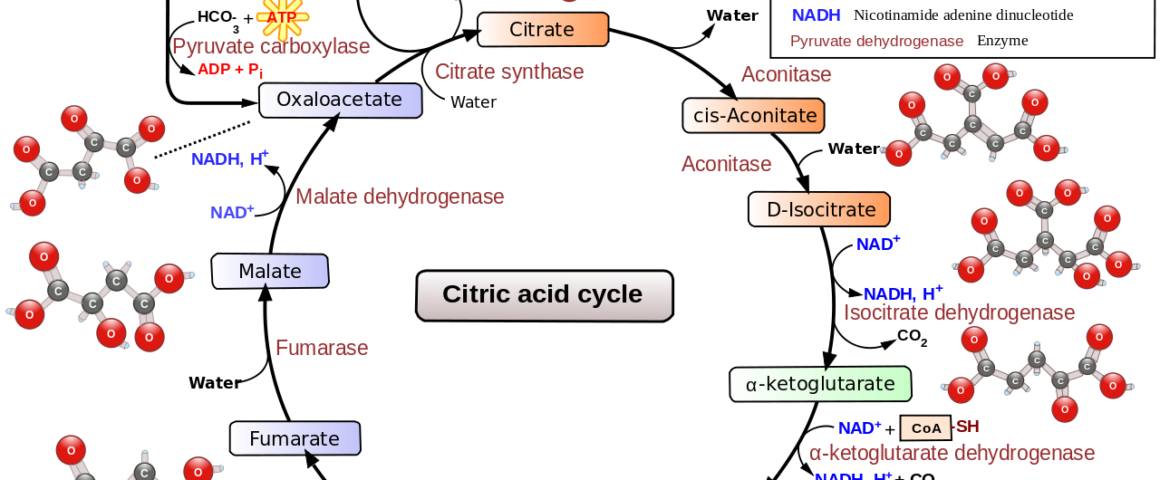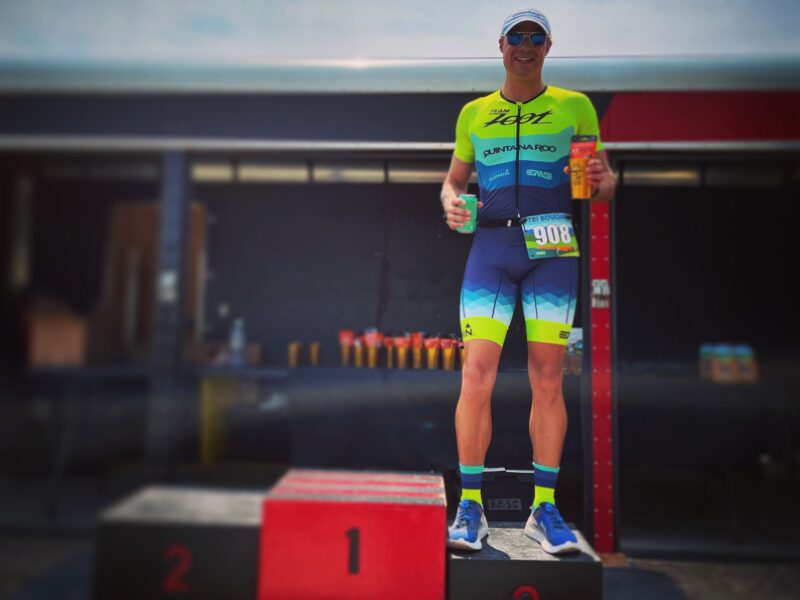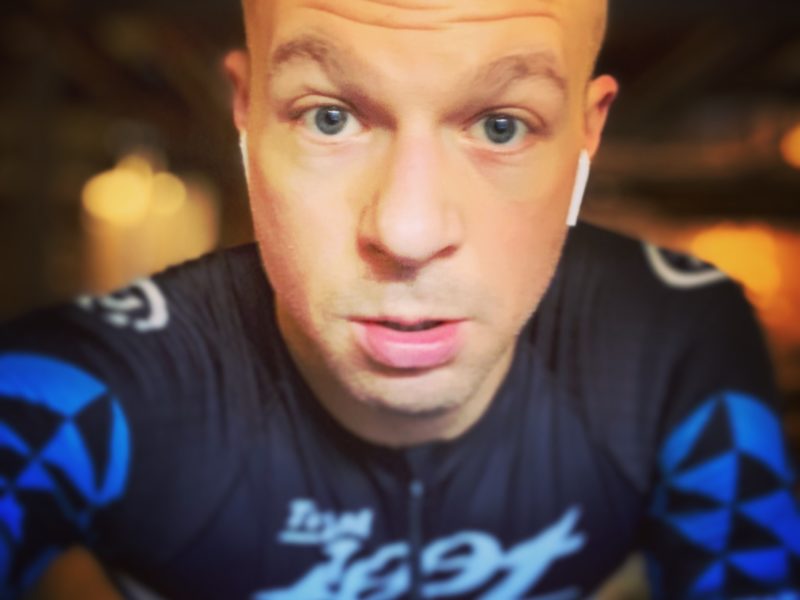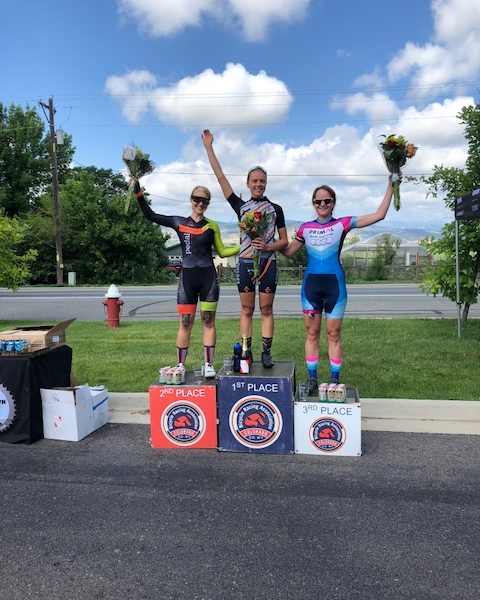Last Sunday, January 22, I attended a Clinic at Wheat Ridge Cyclery: “Base Training and Nutritional Periodization” by Presented by Steve Acuna B.S. Nutritional Sciences and Dietetics, Metabolic Specialist and Nutrition Coach.
This is what I learned:
Base Training
- Base training is physiological training in that your focus is on increasing:
- Mitochondria Density
- Increase the size and number of your mitochondria makes them denser which means they’re more efficient in converting energy in ATP, which results in more energy available for the body. With more energy and greater mitochondria density, you can train and compete faster.
- Capillary density
- Increase the numbers of capillaries within your body and you’ll essentially be able to transport oxygen throughout your body more efficiently.
- Muscular endurance
- Increase the strength, intensity, and endurance of muscles and you’ll be able to go longer and harder. Eating for muscular endurance is key too.
- Fat utilization
- A lot of us are carb-utilizers in that our bodies run off of and are sustained by carbs. By eating more (healthy) fat, your body inevitably burns fat for fuel. During base training, to utilize fat storage, you have to train in fat burning zones, which are typically Zone I and Zone II. When you burn fat, you weigh less, and as a result, race faster.
- Mitochondria Density
How much training do we need?
Steve said it was dependent on your racing distance, so if you’re a sprinter, your training will be much different than an IronMan. Essentially, it comes down to at least 8 weeks of base training, 4 weeks of building, and 4 weeks of peak training, which is like High Intensity Interval Training. This is called periodization. The two most important factors to training is:
- Eat properly: “Eat to perform, don’t perform to eat”
- Train in the right zones
2 Periodization Models
- High Volume, Low Intensity (adding more time to training each week)
- High Intensity, Low Volume (Interval training and more realistic for working people)
How do we improve and how do we know if we’re improving?
Steve said as your volume and/or intensity increases, your fitness decreases. This is due to fatigue from overloading your body. It’s important to realize that during recovery is where your body makes significant gains and your fitness increases.
The best way to track your fitness is with a heart rate monitor (absolutely essential) and a power meter (for those of us that can afford one). Overtime, you’ll see your body improve if you’re making gains. So, by tracking your heart rate with each training session, eventually, you should be able to go harder without increasing your heart rate as significantly.
To determine your Lactate Threshold (point at which there is not enough oxygen in your system and can no longer metabolize lactic acid), it’s best to do an Functional Threshold Power test. It’s a 30 minute all-out test. Have your heart rate monitor on and tracking your heart rate. I used Zwift when I did mine, but you can do it anywhere that you can ride all-out for 30 minutes without having to stop. For 10 minutes, warm-up and get your blood pumping. The first 10 minutes of your 30-minute FTP test should still be all-out, but you’ll only start tracking your heart rate after those 10 minutes. From minute 10 to minute 30, you’ll be tracking your heart rate. After 30 minutes, you’ll take the average number your heart rate was at during those 20 minutes. This is why I did it with Zwift. Somehow you’d have to be able to remember your heart rate at each minute so you can get an average. TrainingPeaks has a great article on this here.
Once you get that number, take 95% of it and that’ll be your FTP “score.” You’ll train off that number. Then, after your periodization training, you’ll retest to see if that number increased.
Eating for Periodization
Steve suggested a ratio of 40% carbs, 30% fat, and 20% protein. Since that doesn’t add to 100%, I researched ratios and ultimately, it comes down to your personal goals. Do you want to lose weight? Bulk up? Burn fat for energy? Are you a vegan? All these will play a factor. I found a helpful article by My Fitness Pal (an app I use to track my nutrient-intake) here. The ratio I liked the most that I believe will help me is 45% carbs, 25% protein, and 30% fat. You really have to test it yourself. I thought my taking in more (healthy) fat, that my body would burn the fat, because of course, that’s what I was reading. Well, I ended up gaining 5 pounds because I was also eating high carbs in my vegetables. I’m a vegetarian so I naturally eat more carbs in my diet. Things like that will vary from person to person and it’s best to see what works with your body, not by anyone else’s standards.





'Wheat Ridge Cyclery Clinic: Base Training and Nutritional Periodization' has no comments
Be the first to comment this post!